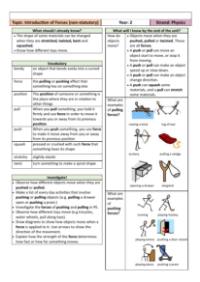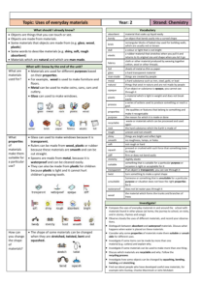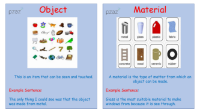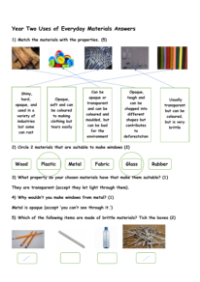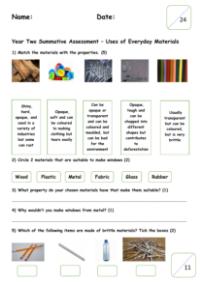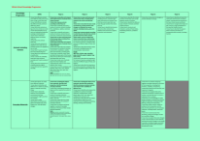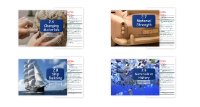Uses of Everyday Materials - Risk Assessment
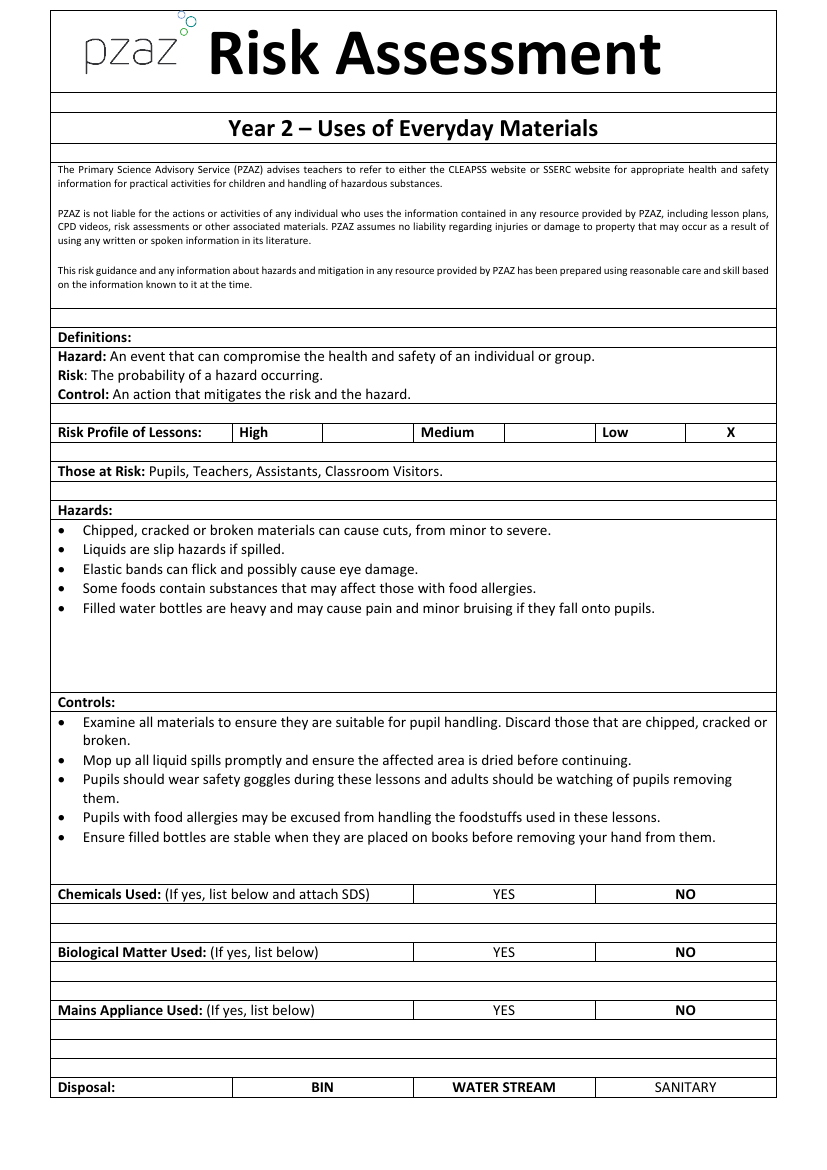
For Year 2 classes exploring the uses of everyday materials, a thorough risk assessment is crucial to ensure the safety and well-being of pupils, teachers, assistants, and any classroom visitors. The Primary Science Advisory Service (PZAZ) emphasises the importance of consulting reputable sources such as the CLEAPSS or SSERC websites for guidance on health and safety during practical activities, including the handling of any hazardous substances. It is important to note that PZAZ is not responsible for the actions of individuals who utilise their resources, and they do not accept liability for any injuries or property damage that may result from their use.
The risk profile for these lessons has been categorised as low. However, there are still potential hazards that need to be managed. These include the risk of cuts from damaged materials, slipping hazards from spilled liquids, eye injuries from elastic bands, allergic reactions to certain foods, and injuries from heavy water bottles. To control these risks, PZAZ recommends several measures: inspecting and discarding any damaged materials, cleaning up spills immediately, wearing safety goggles, excusing pupils with food allergies from handling certain foodstuffs, and ensuring water bottles are securely placed. While the use of chemicals, biological matter, and mains appliances is indicated as either yes or no, specific details are to be listed if applicable, and disposal methods are outlined for waste management.
